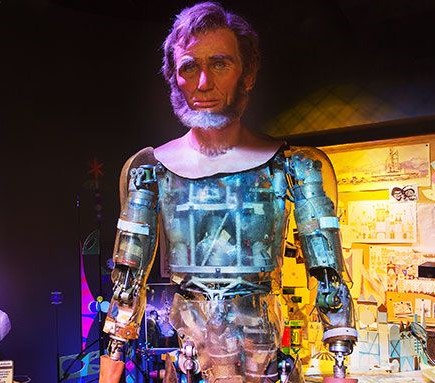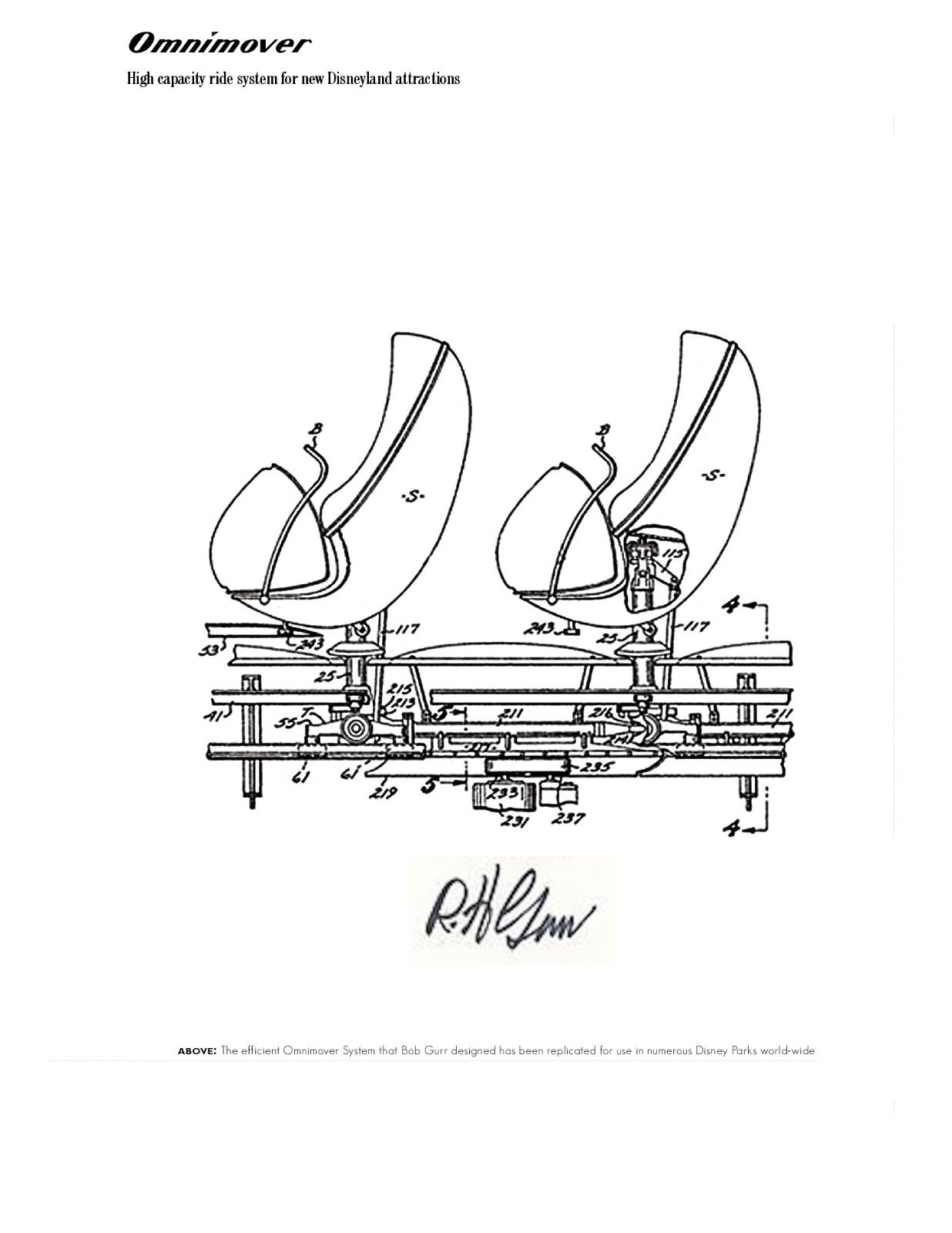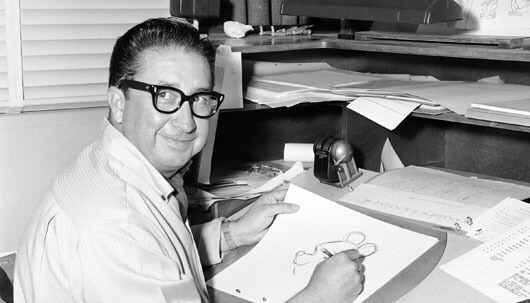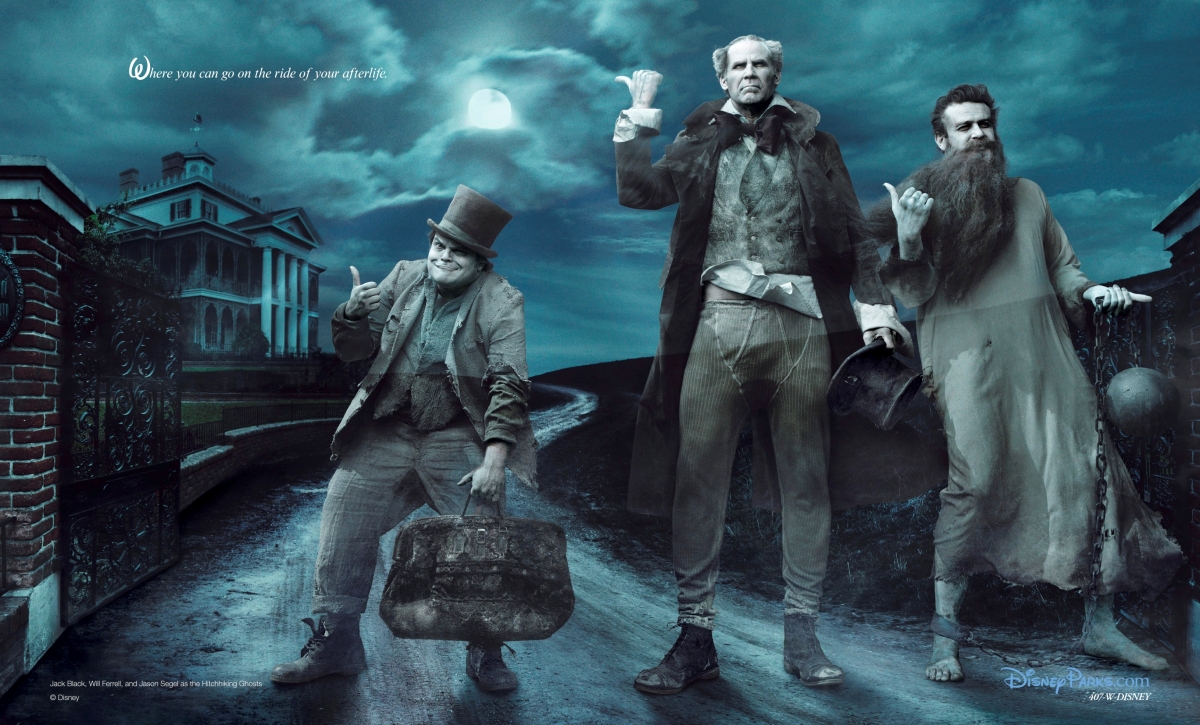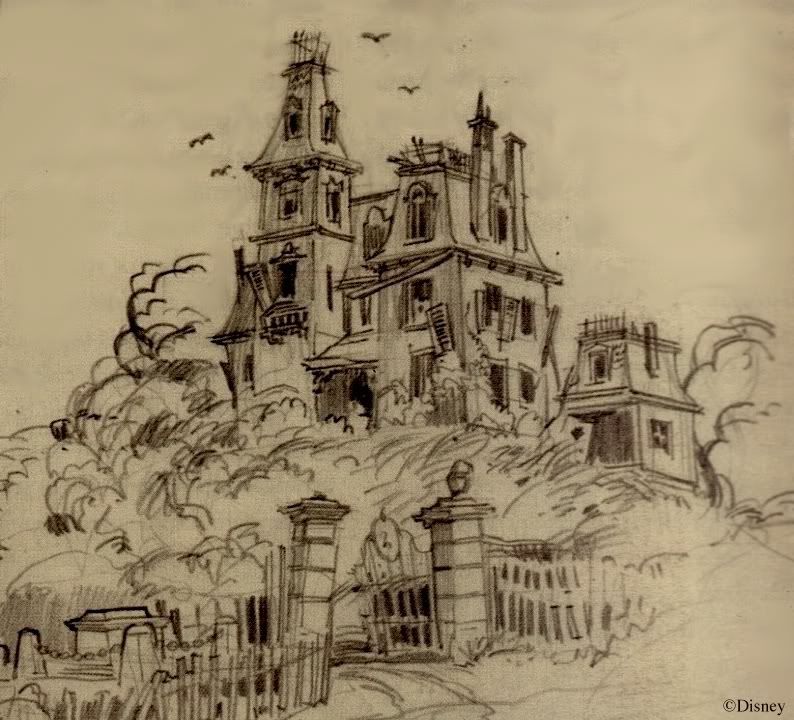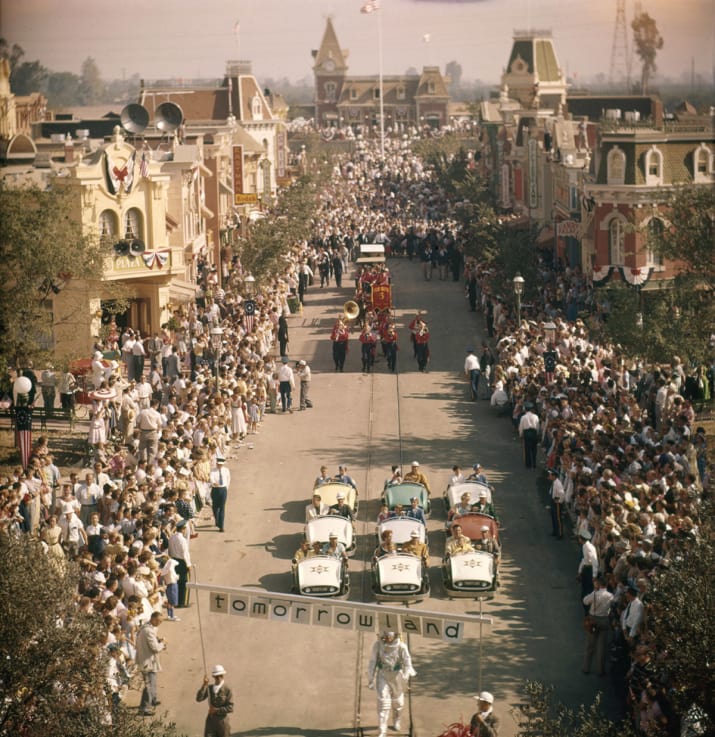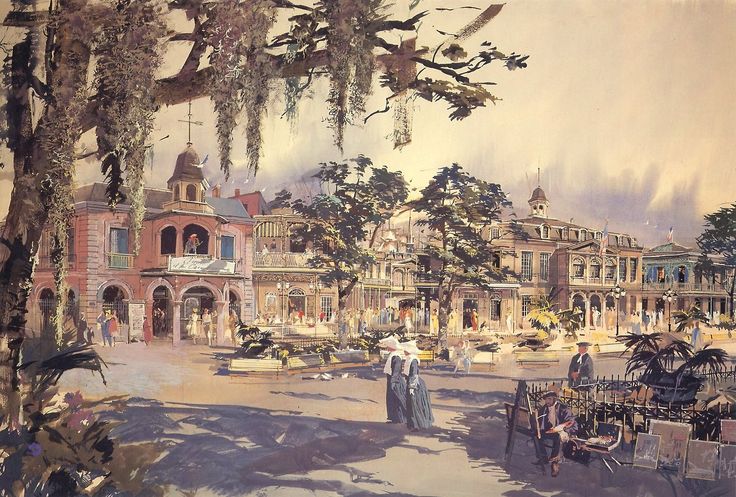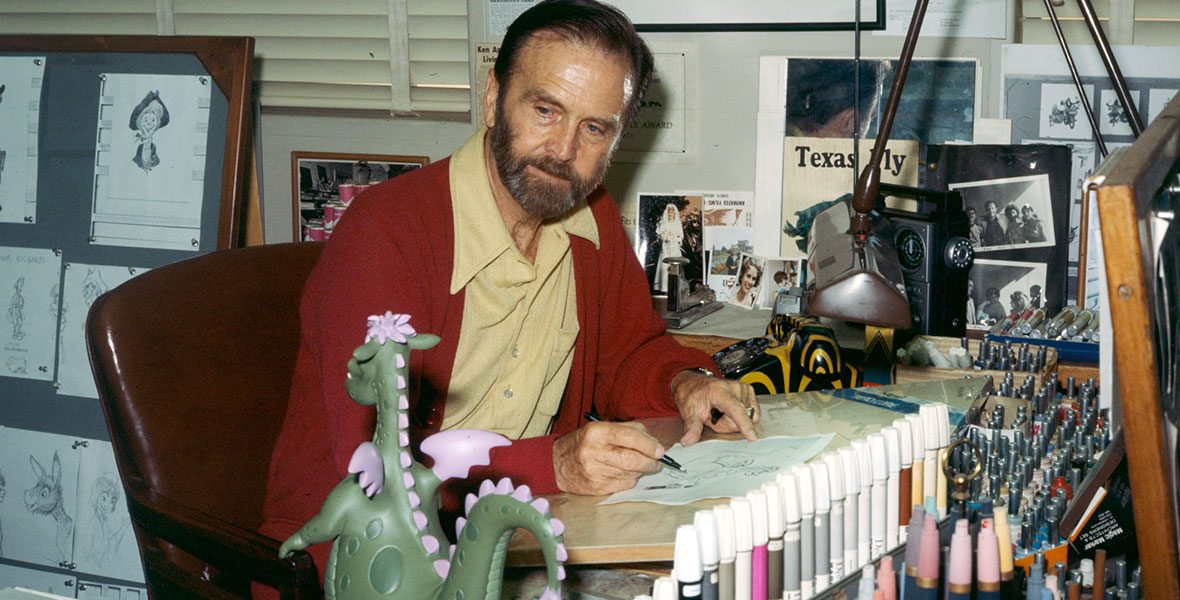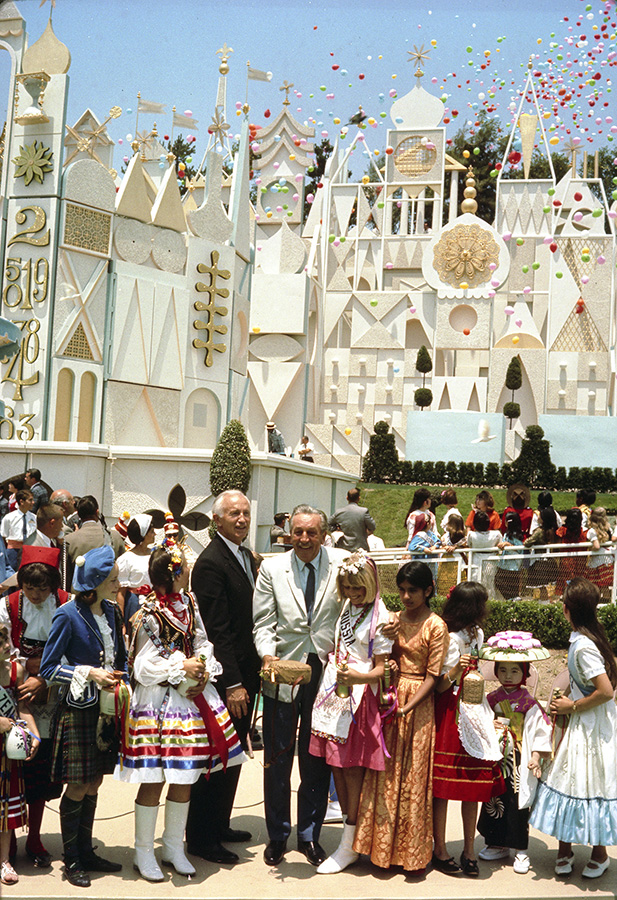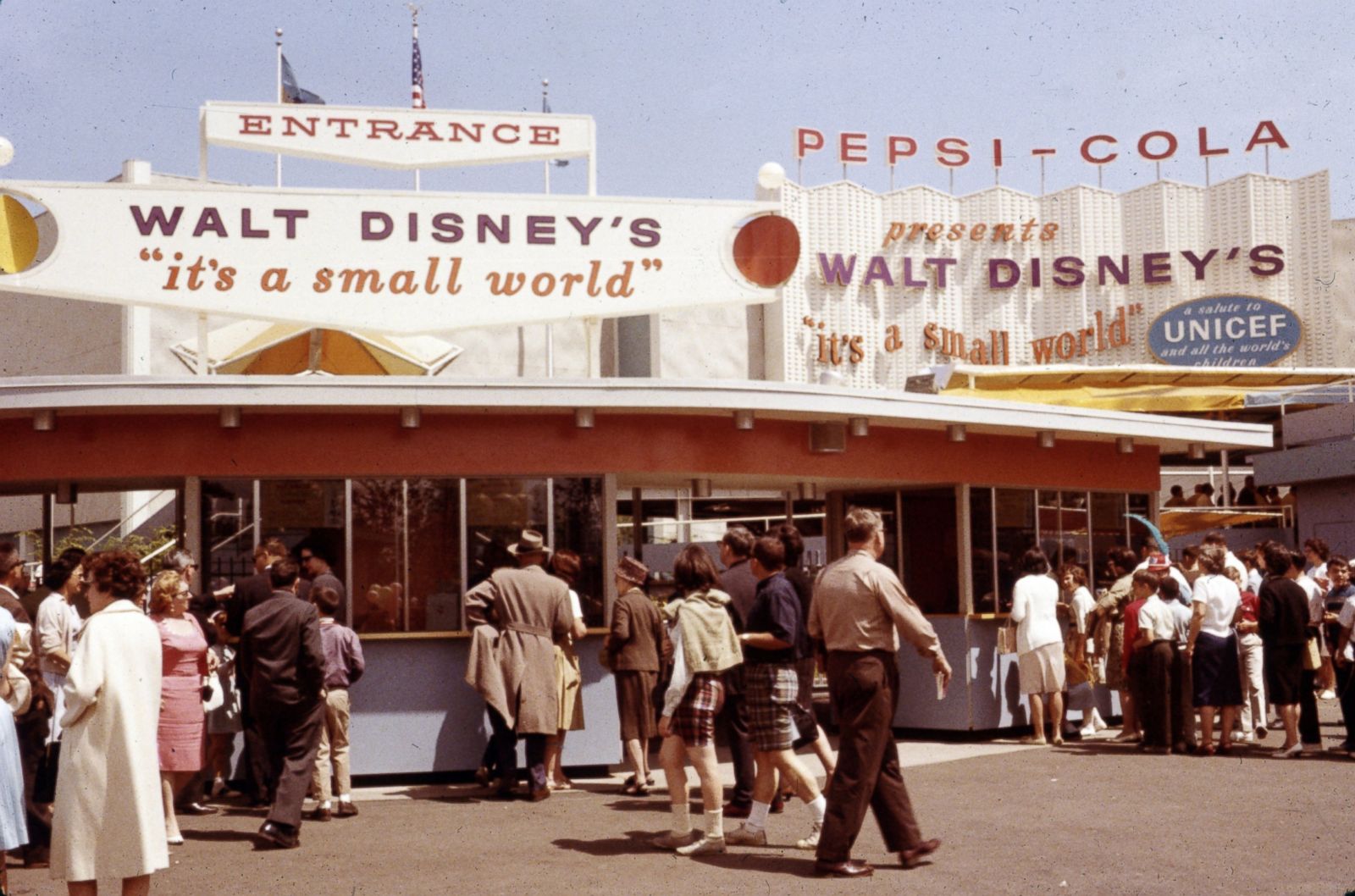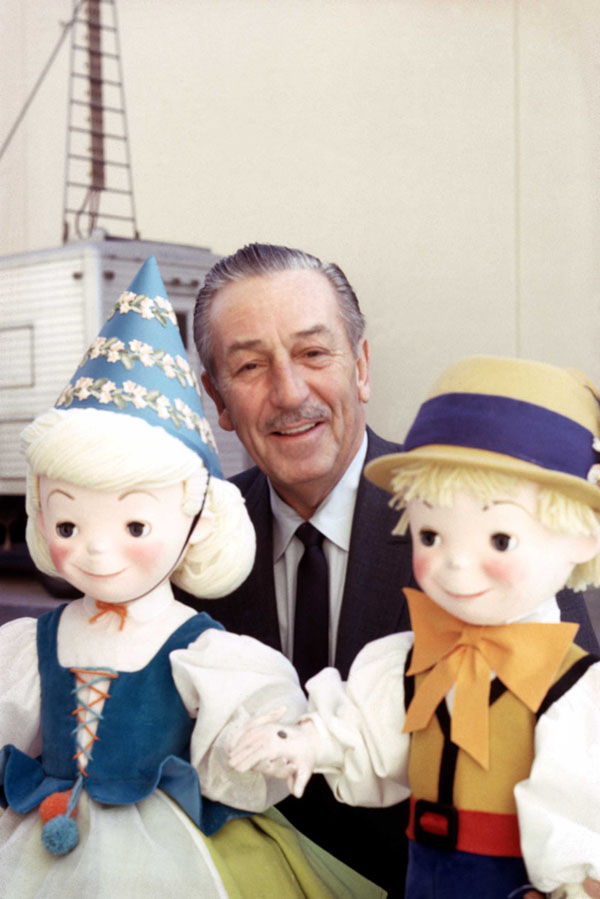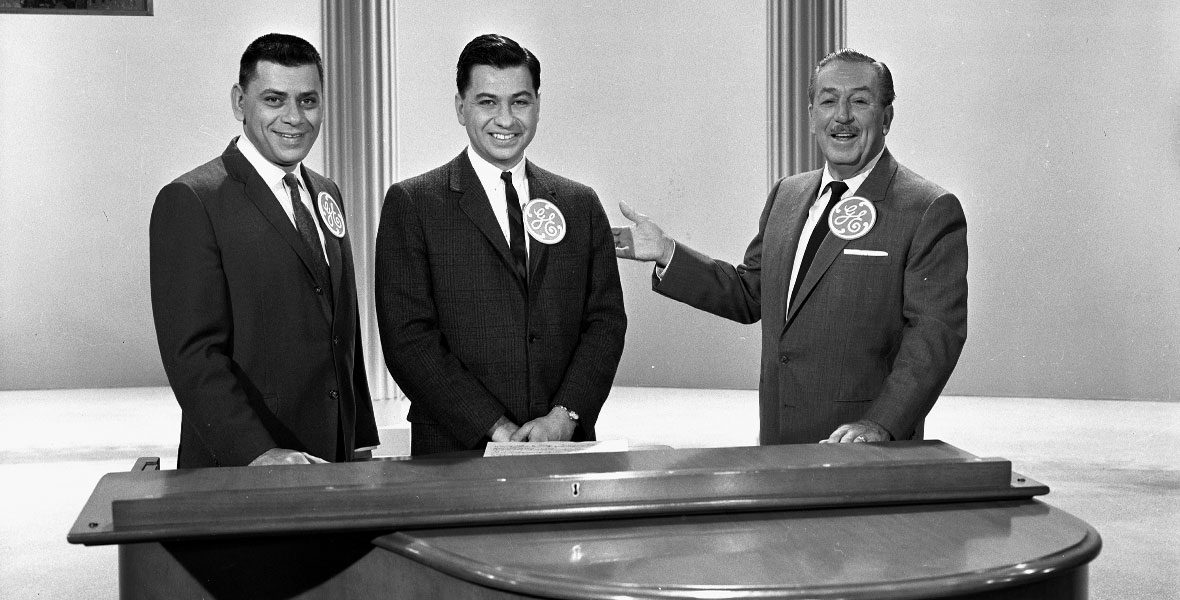Legends of the Magic Series:

Part 1: A Rocky Origin
The year was 1983. The Disney Parks seemed to be changing every day, and the designers of these shifting magical environments were faced with some rather daunting tasks. In fact, up-and-coming Imagineer Tony Baxter had a major problem on his hands. Tony had been thrust into a unbelievable career, the likes of which he could have never imagined. He was thrown into the spotlight with the massive success of his design work on Big Thunder Mountain Railroad in 1979. Now other Imagineers were looking to him for leadership. They needed someone to lead them into a new era of Disney Parks. If you would have told Tony Baxter that he would become one of the most successful Disney artists of all time when he was first hired as an ice cream scooper in 1965, he would have thought you were crazy.
Nevertheless, here he was, with dozens of people looking to him to fix all the park’s problems. Unfortunately, during the year of 1983, there happened to be some very specific problems at Disneyland. The first problem was that The Disney Company was about to have a change in leadership, and that change seemed to be going in a very different direction from the company’s past. The Disney Company was looking to widen its audience beyond just families, children, and animation. As a result, Disneyland executives were getting more and more interested in thrill rides, something that Disneyland was sorely lacking compared to other theme parks. It was a tall order, and after the success of Big Thunder (which just so happened to be a thrill ride) they had immediately turned to Tony Baxter to lead the charge on another similar experience.
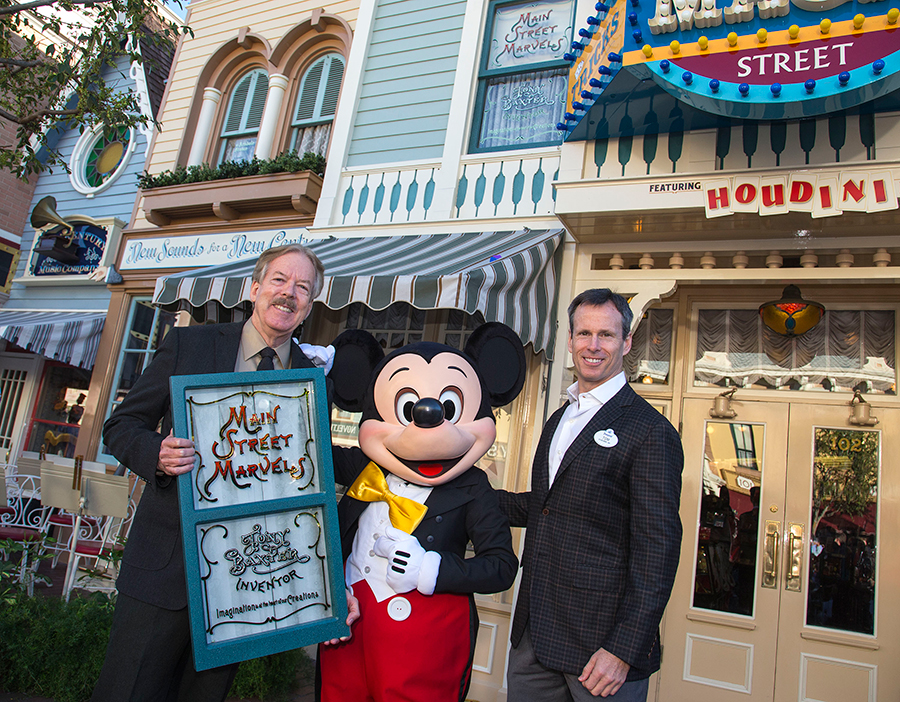
The second problem that was facing Disneyland at that time was a changing of the creative guard. The original Imagineers (Disneyland designers/builders/engineers etc.) were retiring, and a second generation was in the process of discovering their place in the parks. These new Imagineers were attempting to honor tradition, while simultaneously trying to forge a new creative path. That was a very fine line for them to walk, especially when the the company leadership was so set on changing direction with the end-goal of thrill. As a result, some of the old attractions that were seen by the new management as “outdated”, (all of which were rides overseen by the original Imagineers) would have to permanently close to make way for the new ones. Or at the very least, they needed to be heavily refurbished. This caused distress for the new Imagineers who still wanted to honor the work of their predecessors. None of them wanted to tear down the work that they respected so much.
The third problem, while comparatively trivial to the aforementioned issues, would prove absolutely crucial to the future of these situations. A section of Disneyland known as Bear Country was facing a major attendance deficit. Unfortunately, there was no Galaxy’s Edge at the time to draw in crowds to that corner of Disneyland, and the area was cut off from the rest of the park. The land’s location at the far corner of the park, tucked away behind New Orleans Square, with no other path leading in or out, caused dwindling interest and low attendance. Few guests wandered past the haunted mansion into Bear Country’s single entrance. The area was often virtually deserted. Naturally, Disneyland was desperately looking for a way to boost the area’s draw to guests.
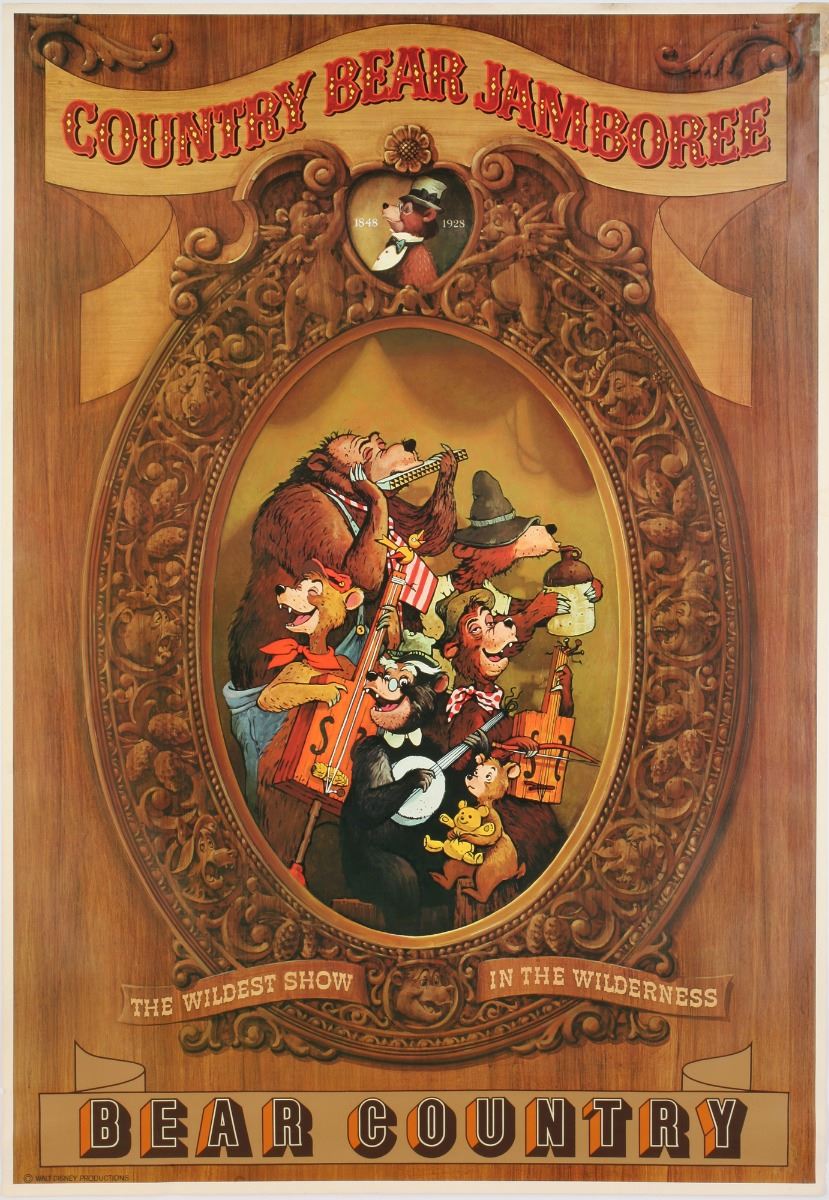
All of these problems and artistic dilemmas were placed on Tony Baxter’s shoulders. In fact, they constantly on his mind for some time, and no matter how hard he tried, he couldn’t think of any way to solve them. There was just too many variables to consider, and he was being drained creatively by all of the other projects that management seemed to want to throw at him. He was at a loss for what to do. That was, until one fateful day when Tony happened to be daydreaming in California’s rush hour traffic. Tony suddenly received an unexpected and brilliant epiphany; he could solve all three problems at the same time! His brain bursting with imagination, Tony Baxter rushed straight to his boss, unable to keep the idea to himself. In a legendary pitch, Tony Baxter explained his idea to Disney executives, in almost exact detail. It wasn’t perfect, but it was far more than anyone else had come up with up to that point.
His idea, called Zip-A-Dee River Run (later changed to Splash Mountain when the ride’s production was green-lit in 1984), would be an old-school log flume thrill ride, fulfilling the desire of the Disney executives to draw in teenage crowds. However, this log flume wouldn’t be just any thrill ride! It would be a highly-themed and immersive ride that would take the amusement park staple of a log flume to the next level. But How would they do that, you ask?

To understand that, we must first go back in time to 1946 and the release of a live-action/animated hybrid film called Song of the South. Disney may have had the best intentions in mind when they made Song of the South, and had never meant to offend anyone, but even good intentions couldn’t save the PR disaster that it turned out to be. Due to several crucial writing mistakes, as well as sheer ignorance, they created what soon became a very controversial film. Ashamed of their mistake, The Disney Company would never release the film on home video in the United States (for more information on the troubled history of Song of the South, we recommend reading the excellent book “Who’s Afraid of the Song of the South” by Jim Korkis.) He goes a lot deeper into this topic than we could ever do in a blog. Despite the nightmare it would one day become, it was virtually unknown to the Disneyland public at large during the 80s. However, when he was younger, Tony Baxter happened see Song of the South in theaters, and he chose this obscure film as the property to base the ride on.
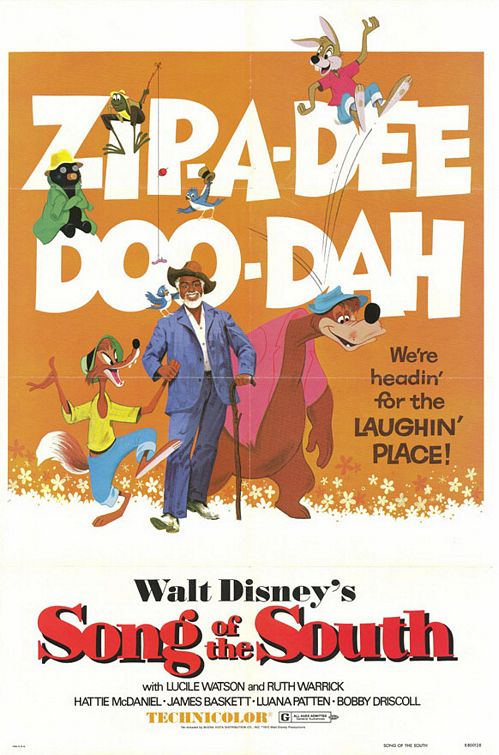
Tony Baxter was convinced that most of the animated sequences featured memorable, cute characters that could be extrapolated from the more controversial aspects of the source material and planted into a different story. At the time, pre-social media, few people had actually heard of Song of the South, and they thought it was prime time to completely redo the IP. If they removed the controversial aspects of Song of the South, and focused on the cute animated characters by building a new story out of the cartoon “cat and mouse” chase sequences in the film, it would be a perfect themed ride for Bear Country (later changed to Critter Country for Splash Mountain’s debut). At the time, executives were convinced that a majority of Disneyland guests would not be familiar with Song of the South or would not have seen the movie. They reasoned that guests would assume that it was an original property and that they could retool the characters as Disneyland mascots instead of references to Song of the South. Still, this was mostly wishful thinking, and a bit of a shortsighted decision on the part of the executives. Because of the birth of the internet and social media over the following years, more and more people “rediscovered” Song of the South. The characters continued to gain controversy over the years, and the connection to the film, however small, would eventually effect the future of the ride in a big way… more on that later.
Part 2-Construction:
The Imagineers were back in their element solving difficult problems. By pure luck, Song of the South’s animated critters happened to be designed by legendary first-generation Imagineer Marc Davis who also just so happened to have been the designer for the soon to be extinct attraction America Sings. America Sings was an outdated stage show featuring a huge cast of Audio-Animatronic animals. Because of this amazing twist of fate, the imagineers could simply reuse most of America Sing’s cast as characters in Splash Mountain because they looked like they belonged in the same world! So, besides a reskinning of two Animatronics into Brer Fox and Brer Bear, the rest of the America Sings animals were simply reprogrammed to synchronize with the new show and moved over to Splash Mountain!
But even after all these creative solutions, there were still some rather large obstacles that the Imagineering team needed to overcome. After all, building a Disney attraction is no easy task. After 4 years in production, Splash Mountain had risen well over its budget at a cost of over $75 Million and would continue to rise in cost to an estimated $85 million by the time of its official debut; which is more than the entire Disneyland park cost in 1955, even adjusted for inflation!

As a result, during the year of 1988, Imagineers were looking for a way to save some money on the tail end of this construction behemoth. It was at that moment that the Imagineers were thanking their lucky stars that they already had the foresight to reuse assets from America Sings to reduce cost early on. Tony Baxter realized that this decision to recycle the audio-animatronics from America Sings saved the company millions and was the only thing that kept the ride afloat financially. If it wasn’t for that foresight, the ride would never have been green-lit, or it would have been cancelled halfway through construction!
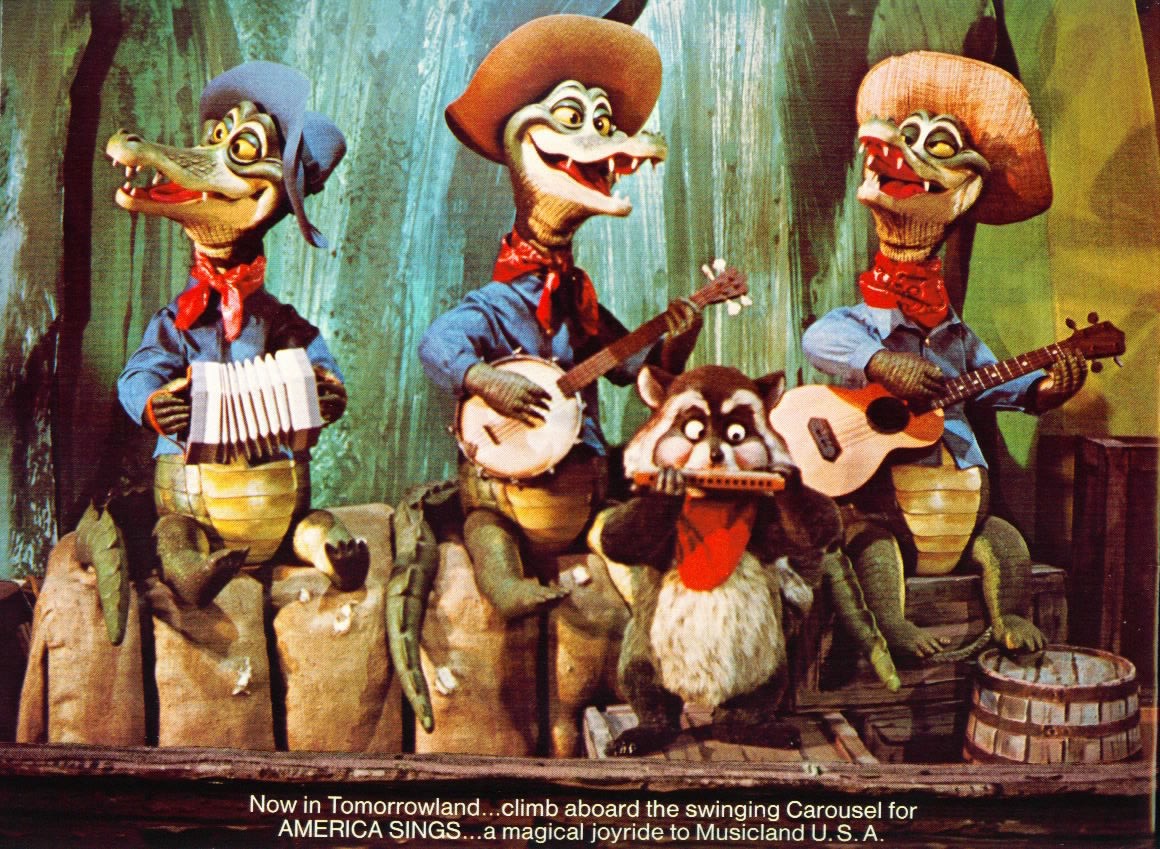
Finally, after five years in development, including 80 hours of reprogramming for every single Animatronic, and an additional three months to rewire them, Splash Mountain opened to the Imagineer’s great relief on July 17th, 1989; the 34th anniversary of Disneyland! The ride was an instant success and soon spawned beautifully redesigned copies at Walt Disney World and Tokyo Disneyland.
Part 3-The Reimagining:
Although it’s a fan favorite around the world, it’s controversial film roots have finally caught up with it. After careful consideration, the Imagineers were faced with a brand new problem: retooling Splash Mountain for a new generation. They wanted to fix their mistakes and reimagine the log flume concept with a new theme that wasn’t connected to Song of the South. And with Disneyland’s Splash Mountain situated right between New Orleans Square and Critter Country, a new idea was sparked in the creative team behind this project. It would make sense to choose a new IP that was firmly placed in both worlds. Hence the decision to utilize the Princess and the Frog…a film that has deep roots in New Orleans, and a wonderful connection to the lovable animals found in Critter Country! This solution fit perfectly into the story of the two neighboring lands and seemed meant to be! This decision would redeem Splash Mountain in the eyes of the more socially aware public and reimagine this thrilling experience for a new generation. And although many people are understandably sad to see the classic attraction disappear, especially when it spawned so many of their nostalgic childhood memories, the creativity of the Imagineers continues to live on in its future. And if Mission Breakout at California Adventure is anything to go by, the re-theme could be amazing! It just goes to show that any problem, no matter how daunting, can be solved if we’re willing to put in the imagination and hard work! Who knows, maybe your next big idea will come during rush-hour traffic too!
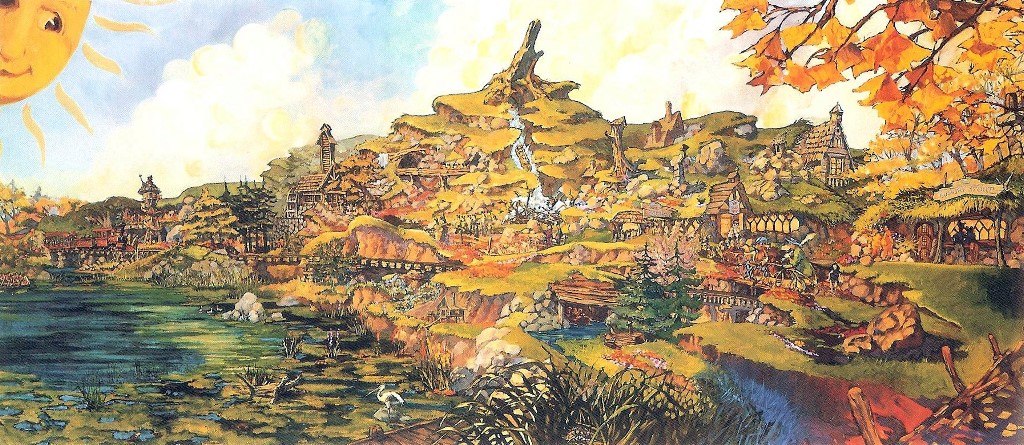
Which version of Splash Mountain is your favorite?





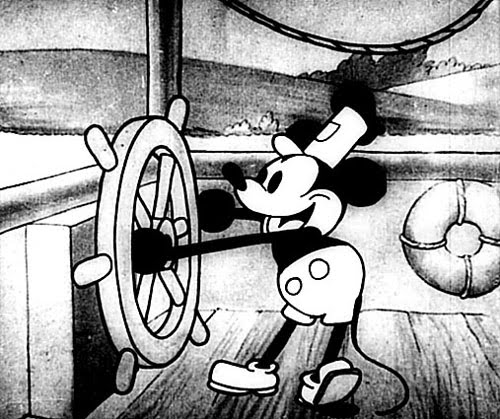
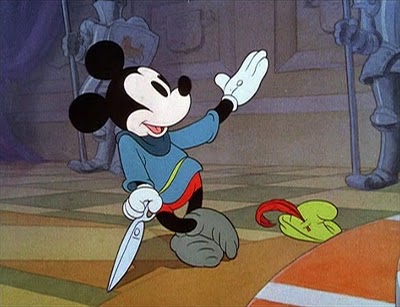
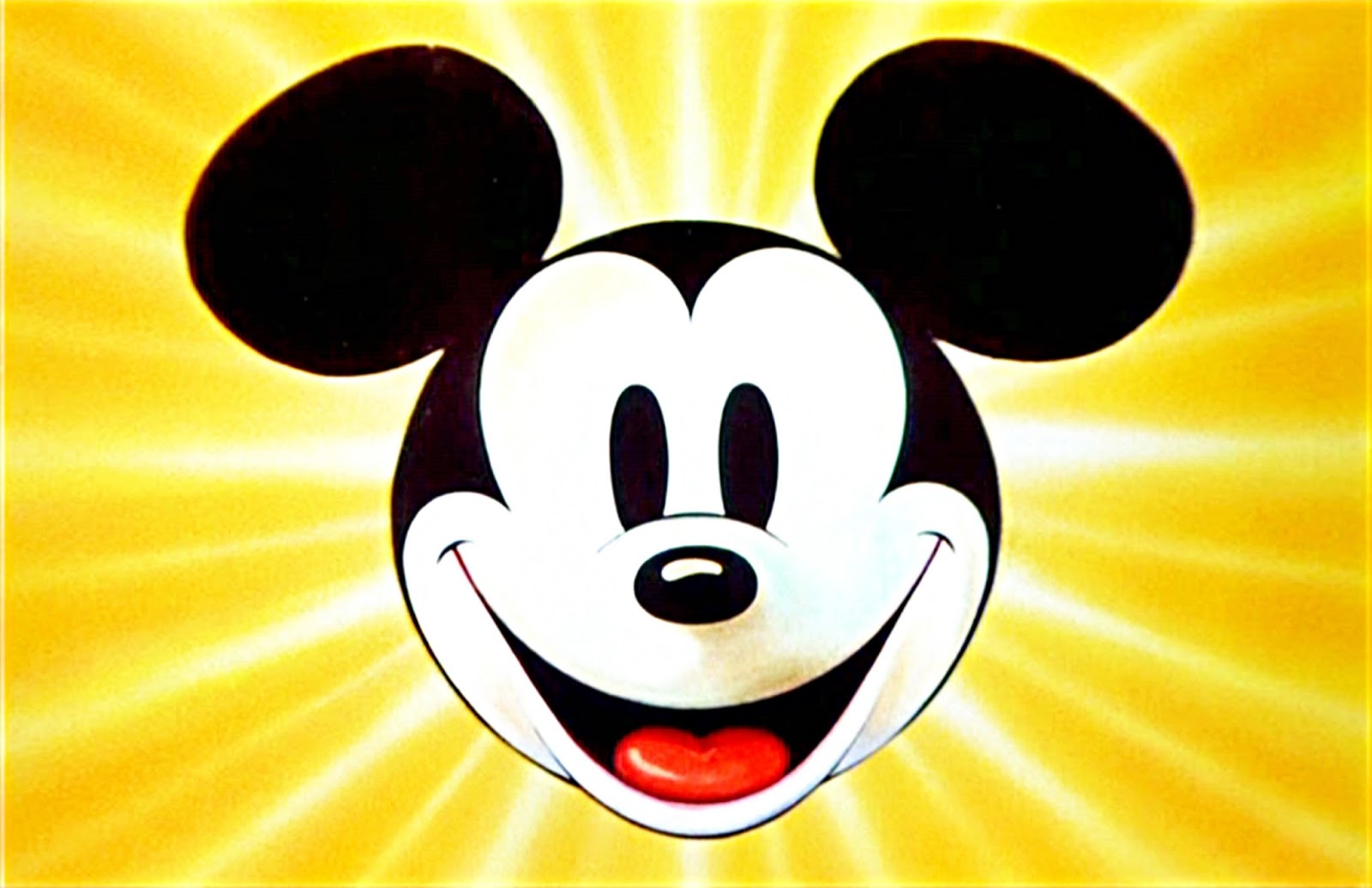

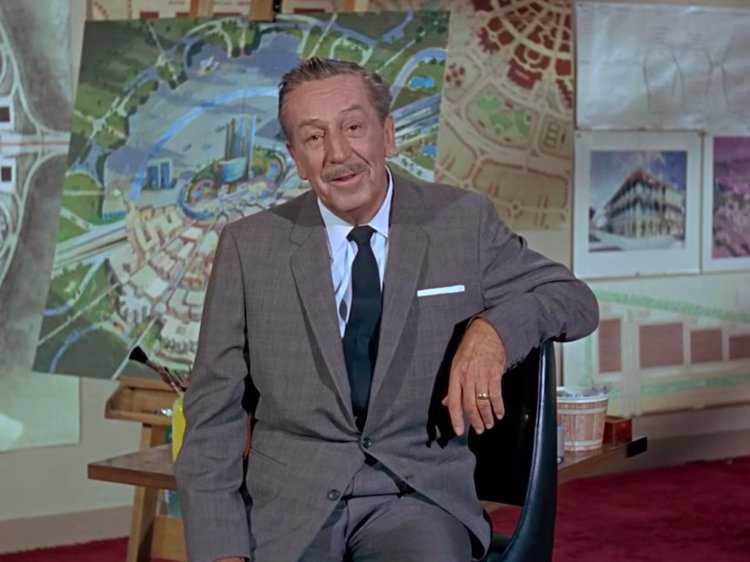
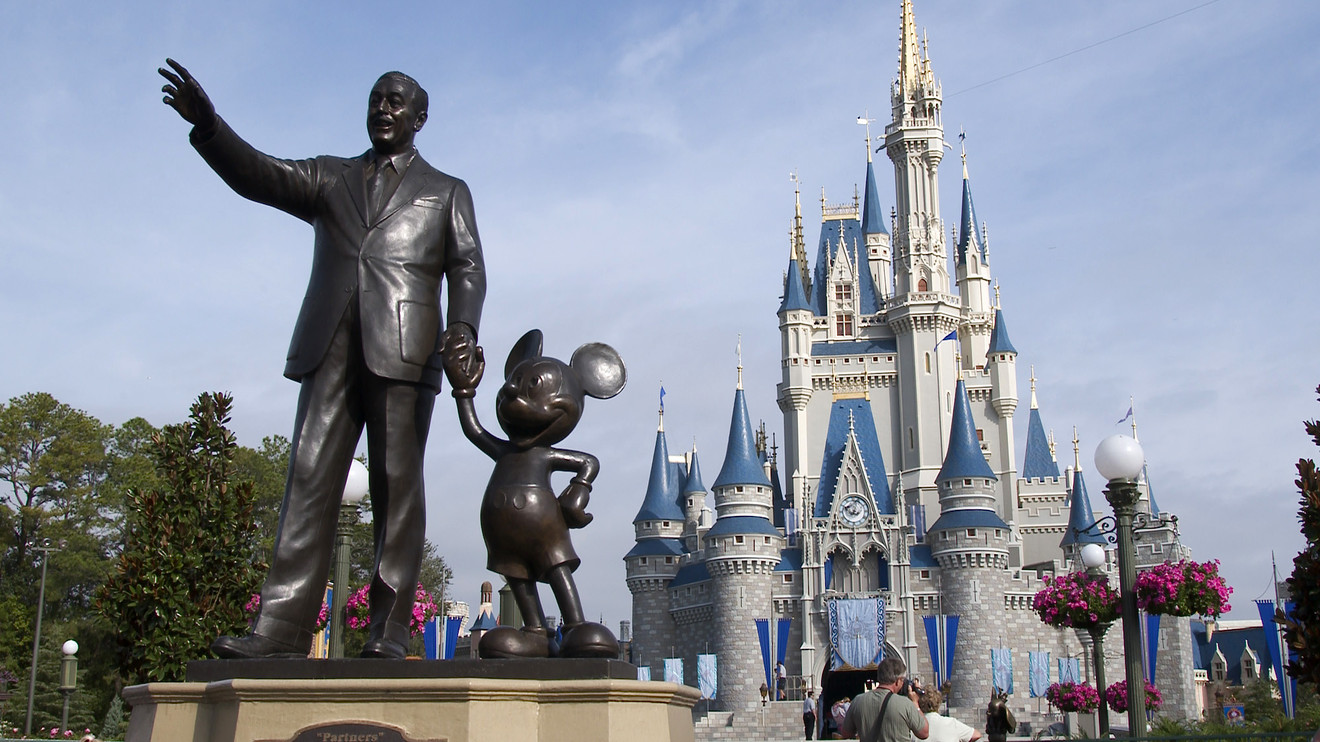 So, when I look at Mickey Mouse, I cannot help but be full of gratitude for what he’s done for the movies that I love. When I see him, I’m reminded of what animation means to me, and why I love film in the first place. Filmmaking inspires me to live out my dreams and to never give up on them. It pushes me to tell stories that impact the world and invites me to bring a smile to faces everywhere. Mickey Mouse is simply a physical reminder of this love, and for that, I owe him my undying respect.
So, when I look at Mickey Mouse, I cannot help but be full of gratitude for what he’s done for the movies that I love. When I see him, I’m reminded of what animation means to me, and why I love film in the first place. Filmmaking inspires me to live out my dreams and to never give up on them. It pushes me to tell stories that impact the world and invites me to bring a smile to faces everywhere. Mickey Mouse is simply a physical reminder of this love, and for that, I owe him my undying respect.

